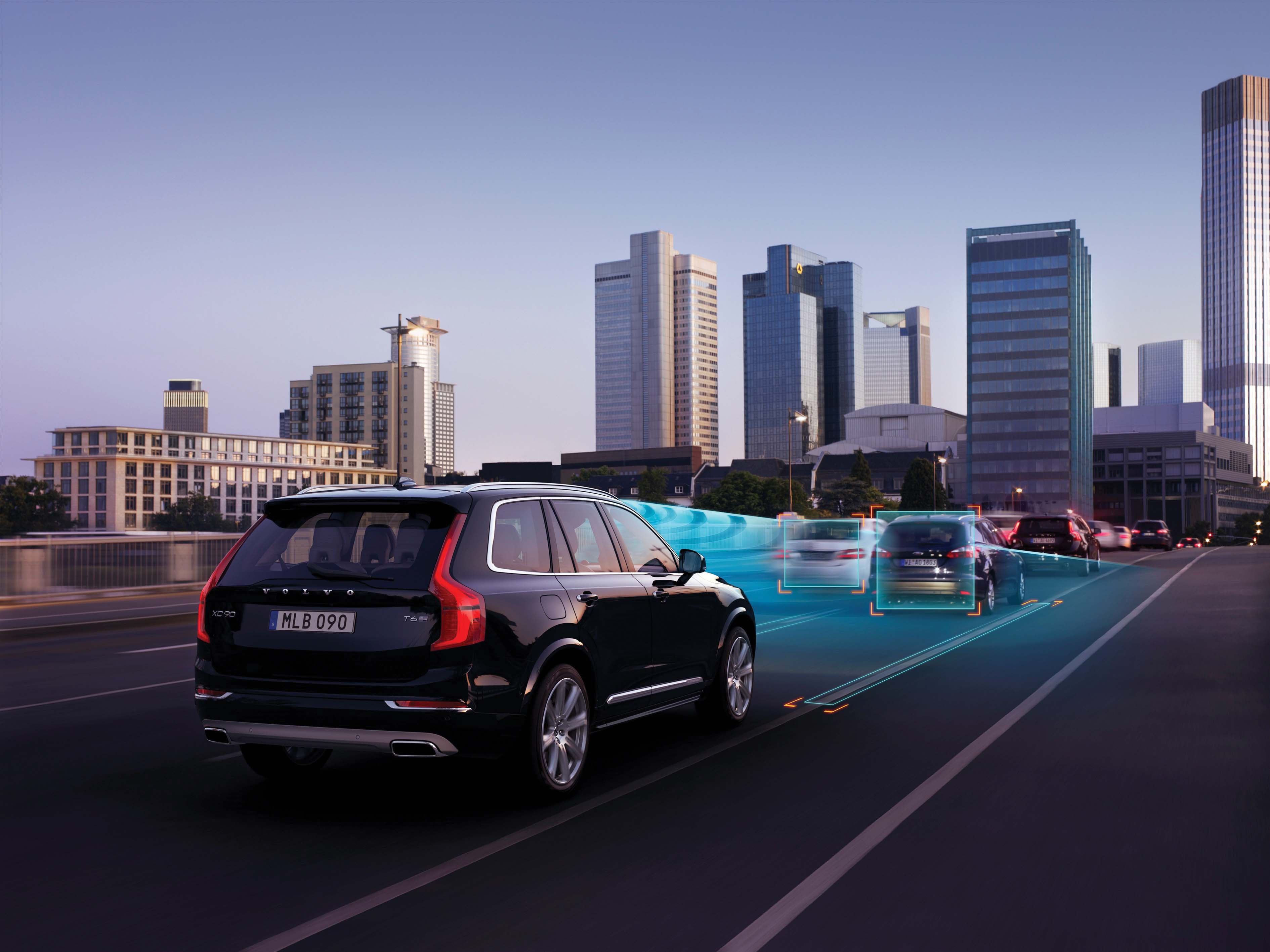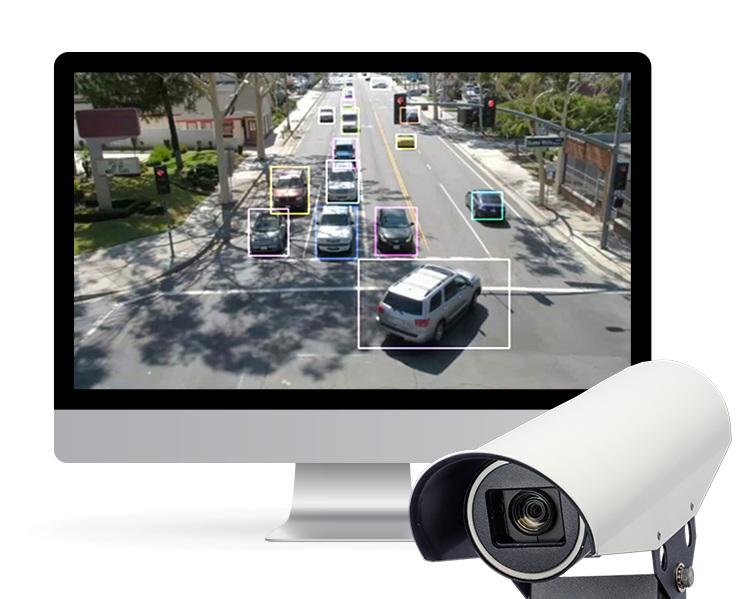Ford is introducing a new camera technology that can see around corners, even when drivers cannot, in a bid to alleviate the problems involved with exiting blind junctions and help avert accidents.
The innovative Front Split View Camera, now available as an option in the all-new Ford S-MAX and Galaxy, displays to the driver a 180-degree view from the front of the car, using a video camera in the grille. At a blind junction or exiting a driveway, the camera enables drivers to easily spot approaching vehic
The innovative Front Split View Camera, now available as an option in the all-new Ford S-MAX and Galaxy, displays to the driver a 180-degree view from the front of the car, using a video camera in the grille. At a blind junction or exiting a driveway, the camera enables drivers to easily spot approaching vehicles, pedestrians or cyclists.
The technology is activated at the push of a button. A one-megapixel camera in the front grille enables drivers to see a real-time 180-degree view, both left and right, on the vehicle’s eight-inch colour touchscreen. Drivers can track road users that approach on either side and pass in front of the vehicle. The camera, just 33 millimetres wide, is kept clear by a specially designed retractable jet-washer that operates automatically when the windscreen wipers are activated.
Data recorded by the European Road Safety Observatory SafetyNet project indicated that approximately 19 per cent of drivers involved in accidents at junctions experienced obstructions to view. In 2003, the UK Department of Transport said that vision affected by external factors contributed to 11 per cent of all road accidents.
To ensure that the technology worked, Ford tested the camera in varying light conditions on different types of roads from congested urban streets to tunnels, narrow alleyways, garages and areas with cyclists and pedestrians.
“We have all been there and it’s not just blind junctions that can be stressful, sometimes an overhanging tree, or bushes can be the problem,” said engineer Ronny Hause who worked on the project. “For some, simply driving off their own driveways is a challenge. This is one of those technologies that people will soon wonder how they managed without.”
“Pulling out at a blind junction can be a tricky manoeuvre for new and experienced drivers alike. The best approach has traditionally been to simply lean forward to get the best view whilst creeping forwards with the windows wound down to listen for approaching vehicles, but cyclists are a particular risk as they can’t be heard,” said Keith Freeman, an AA Quality Training Manager in the UK who also trains young drivers as part of the Ford Driving Skills For Life programme.
“This technology will certainly make emerging from anywhere with a restricted view so much safer and the experience less nerve-wracking for those behind the wheel,” Freeman added.







